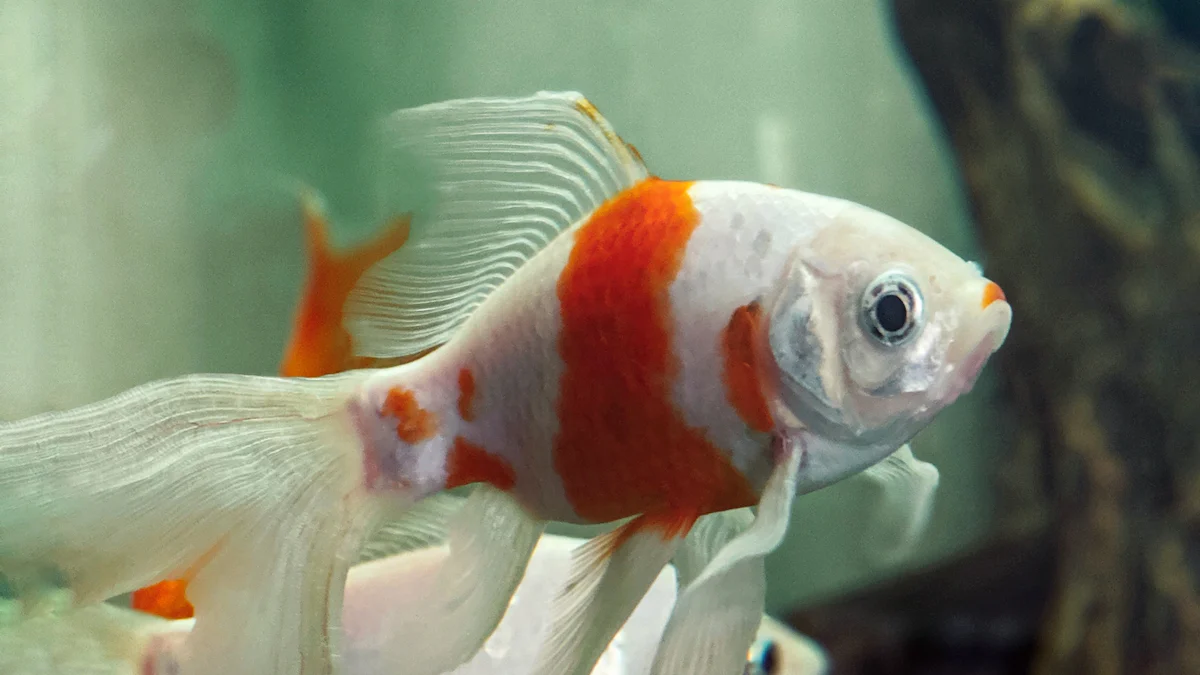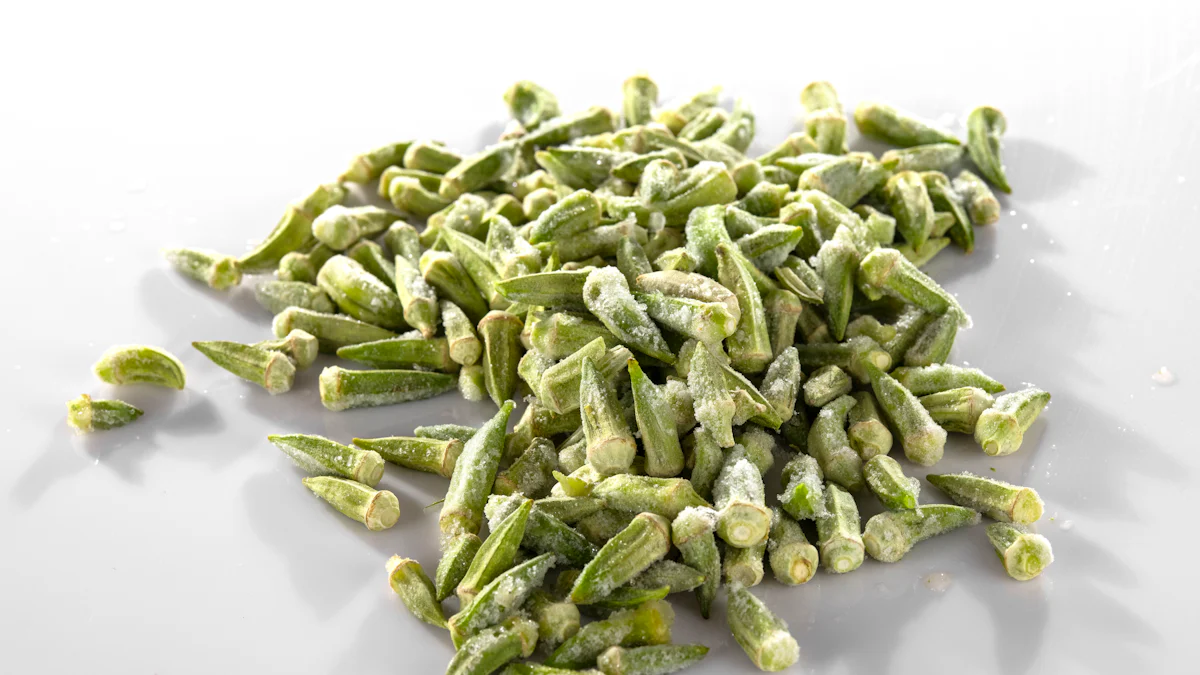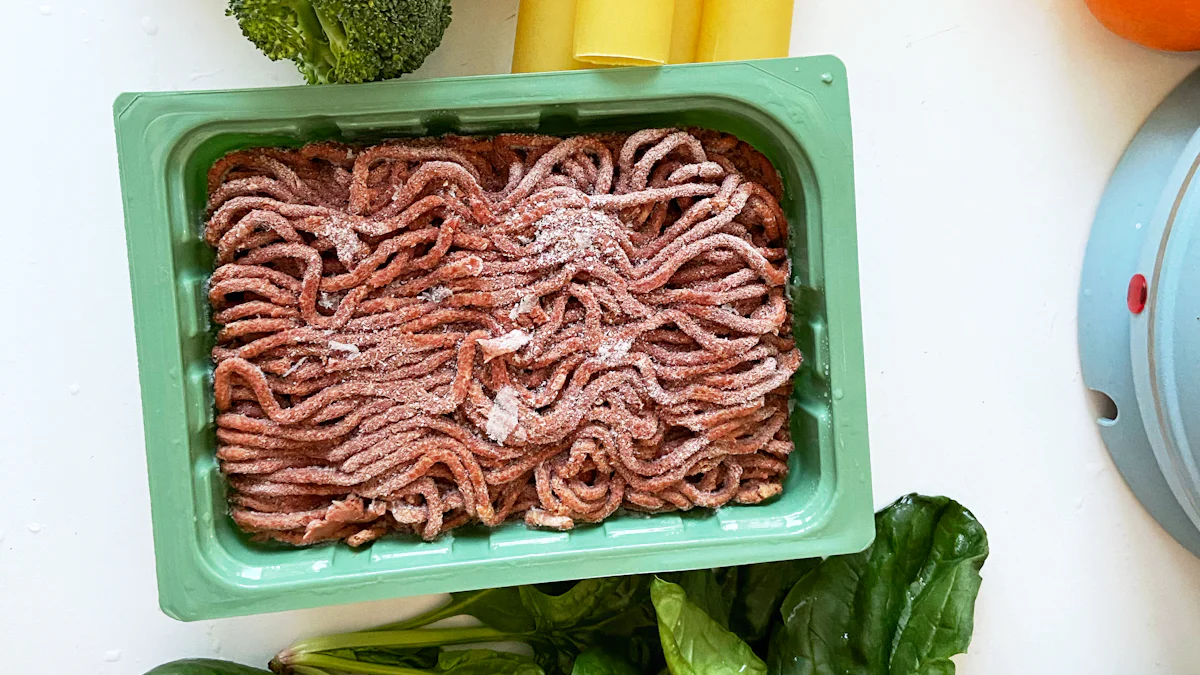
Have you ever wondered if mealworms are a good snack for your goldfish? These little critters pack a punch when it comes to nutrition. They’re loaded with protein—about 40-50% of their composition—which helps your goldfish grow strong and healthy. Plus, they’re rich in fats for energy and vitamins like B12 to boost immunity.
Feed your goldfish mealworms as treats once or twice a week, and remember to cut them into small pieces since goldfish have tiny mouths. While mealworms are nutritious, they should only supplement your goldfish’s diet, not replace it. Want the best for your pet? We offer high-quality dried mealworms that meet FDA standards and come in various package sizes.
Key Takeaways
- Mealworms are healthy snacks for goldfish. They have protein, fats, and vitamins that help growth and energy.
- Give mealworms as treats one or two times weekly. Always cut them into small pieces so goldfish can eat easily.
- Watch how your goldfish reacts to mealworms. Change portions if needed and take out leftover food to keep the tank clean and safe.
Nutritional Benefits of Goldfish Mealworms

Protein and Growth Support
Protein is a big deal when it comes to your goldfish’s health. Mealworms are packed with high-quality protein that helps your goldfish grow and stay strong. This protein supports muscle development and repairs tissues, which are essential for their overall growth. Plus, the amino acids in mealworms don’t just help with growth—they also boost your goldfish’s immune system and even enhance their beautiful colors. Did you know that goldfish need protein daily to thrive? Mealworms fit perfectly into this requirement as a nutritious snack. Just remember, they’re a treat, not a replacement for a balanced diet.
Fats and Energy Boost
Goldfish need energy to swim around and stay active, and mealworms are a fantastic source of fats that provide just that. These fats, also known as lipids, keep your goldfish lively and full of energy. The fatty acids in mealworms also support healthy cell function, which is crucial for their overall well-being. If you’ve noticed your goldfish looking a little sluggish, adding mealworms to their diet might give them the energy boost they need. But don’t overdo it—too much fat can lead to health issues.
Vitamins for Enhanced Health
Mealworms aren’t just about protein and fats—they’re also loaded with vitamins like B12 and E. These vitamins play a key role in boosting your goldfish’s immune system, helping them fight off diseases. They also support important metabolic processes, keeping your goldfish healthy and thriving. Minerals like iron and zinc found in mealworms add even more health benefits, ensuring your goldfish stays in top shape. Feeding them mealworms occasionally can help address common deficiencies and keep them happy and healthy.
Types of Goldfish Mealworms
When it comes to feeding your goldfish mealworms, you’ve got a few options to choose from. Each type has its own benefits and drawbacks, so it’s important to pick the one that works best for you and your fish. Let’s break them down!
Live Mealworms
Live mealworms are a fun and interactive choice for your goldfish. They wiggle and move, which excites your fish and stimulates their natural hunting instincts. It’s like giving them a little adventure during feeding time! Plus, live mealworms contain moisture, which helps keep your goldfish hydrated.
However, keeping live mealworms can be a bit of a hassle. You’ll need to store them properly and ensure they’re clean before feeding. There’s also a small risk of introducing parasites or bacteria into your tank. If you decide to go with live mealworms, make sure to feed them in moderation to avoid overloading your goldfish with protein.
Dried Mealworms
Dried mealworms are a convenient and safe option. They don’t require special storage and are easy to handle. However, since they lack the moisture found in live mealworms, it’s a good idea to soak them in water before feeding. This makes them easier for your goldfish to digest and helps with hydration.
Nutritionally, dried mealworms are packed with protein, fats, and essential vitamins. They’re a great way to give your goldfish a boost of energy and support their overall health. Just remember to cut them into small pieces before feeding, as goldfish have tiny mouths.
Freeze-Dried Mealworms
If you’re looking for a hassle-free option, freeze-dried mealworms might be your best bet. They’re high in protein—about 40-50%—which is perfect for supporting growth and muscle development in your goldfish. They also contain fats, vitamins, and minerals that contribute to a balanced diet.
The freeze-drying process eliminates parasites and bacteria, making them a safer choice for your fish. You can store them in a sealed container and use them as needed. This makes freeze-dried mealworms both convenient and nutritious. Like dried mealworms, it’s a good idea to soak them in water before feeding to make them easier to eat.
🐟 Tip: Feed your goldfish mealworms as treats once or twice a week, and always cut them into small pieces. Mealworms are a nutritious snack but should only supplement your goldfish’s diet.
Feeding Goldfish Mealworms Safely

Portion Sizes and Frequency
When it comes to feeding your goldfish mealworms, less is more. Overfeeding can lead to health problems, so it’s important to stick to the right portion sizes and frequency. Here’s a simple guide to follow:
- Offer mealworms as a treat once or twice a week. This keeps their diet balanced and prevents digestive issues.
- Start with one or two mealworms per feeding. Adjust the amount based on how many goldfish you have and their appetite.
- Watch your fish closely. If they struggle to eat the mealworms, reduce the portion size to make it easier for them.
By keeping portions small and feeding in moderation, you’ll ensure your goldfish stay healthy and happy.
Preparation and Cutting Techniques
Preparing mealworms properly is key to making them safe and easy for your goldfish to eat. Follow these steps to get it right:
- Rinse live or dried mealworms under clean water to remove any dirt or contaminants.
- Soak dried mealworms in water for a few minutes. This softens them and makes them easier to digest.
- Cut larger mealworms into smaller pieces. Goldfish have small mouths, so this step helps them eat comfortably.
- Always check the freshness of live mealworms before feeding. Healthy mealworms mean healthier fish!
Taking a few extra minutes to prepare mealworms can make a big difference in your goldfish’s health.
Observing Goldfish Reactions
Your goldfish will let you know if they’re enjoying their mealworms. Pay attention to their behavior during and after feeding. If they eagerly eat the mealworms and seem active, you’re on the right track. However, if they spit out the pieces or appear sluggish, it’s time to adjust. Try cutting the mealworms smaller or soaking them longer.
Also, keep an eye on the tank. Uneaten mealworms can dirty the water and harm your fish. Remove any leftovers right away to maintain a clean and healthy environment.
By observing your goldfish’s reactions, you can fine-tune their feeding routine and ensure they’re getting the most out of their snack.
Risks of Feeding Goldfish Mealworms
Overfeeding and Obesity Concerns
Feeding too many mealworms to your goldfish can cause serious health problems. These snacks are packed with protein, which is great in small amounts but harmful in excess. Overfeeding can lead to bloating, constipation, or even obesity. You might notice your goldfish becoming less active or struggling to swim properly.
To avoid these issues, stick to feeding mealworms once or twice a week. Limit the portion to one or two mealworms per feeding, depending on the size and number of your fish. Always remove uneaten mealworms from the tank. This prevents water pollution and keeps your goldfish’s environment clean and healthy.
Risk of Parasites and Contamination
Live mealworms can carry parasites or bacteria that may harm your goldfish. If you’re using live mealworms, rinse them thoroughly under clean water before feeding. Sourcing them from reputable suppliers is also essential to reduce contamination risks.
Freeze-dried mealworms are a safer option. The freeze-drying process eliminates parasites and bacteria, making them a better choice for your fish. However, always soak dried or freeze-dried mealworms in water before feeding. This softens them and makes digestion easier for your goldfish.
Digestive Challenges in Goldfish
Goldfish can face digestive issues when mealworms are introduced too quickly. Their high protein content can cause bloating or constipation, especially if your fish aren’t used to them. To prevent this, introduce mealworms gradually and observe your goldfish’s reactions.
If your fish struggle to eat or leave food uneaten, adjust the portion size. Mealworms should only be a small part of a balanced diet. Feeding them in moderation ensures your goldfish stay healthy and happy.
Goldfish mealworms are a fantastic snack when you feed them responsibly. They’re packed with protein, fats, and vitamins that support your goldfish’s health. To keep your fish thriving, follow these best practices:
- Feed mealworms as treats once or twice a week.
- Cut them into small pieces to match your goldfish’s tiny mouths.
- Remove leftovers to maintain clean water.
Remember, mealworms should only supplement your goldfish’s diet, not replace it. A balanced diet is essential for their long-term well-being.
We’re committed to providing high-quality mealworms that meet FDA standards. Let your goldfish enjoy nutritious snacks while staying healthy and strong. If you have questions or feedback, feel free to reach out or leave a review.
FAQ
How often should I feed mealworms to my goldfish?
Feed mealworms once or twice a week. They’re a treat, not a staple. Overfeeding can harm your goldfish’s health, so keep portions small and occasional.
Can I feed my goldfish only mealworms?
No, mealworms should supplement their diet. Goldfish need a balanced diet with pellets, vegetables, and occasional treats like mealworms to stay healthy and thrive.
Are dried mealworms safe for goldfish?
Yes, dried mealworms are safe if prepared properly. Soak them in water before feeding to soften them. All our mealworms meet FDA standards for quality and safety.


